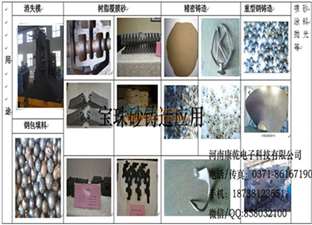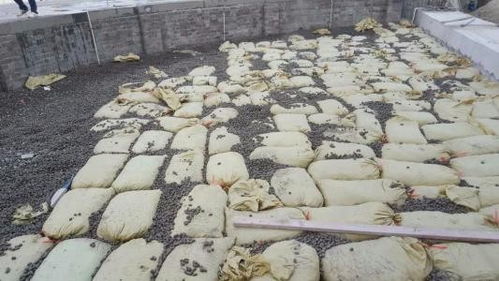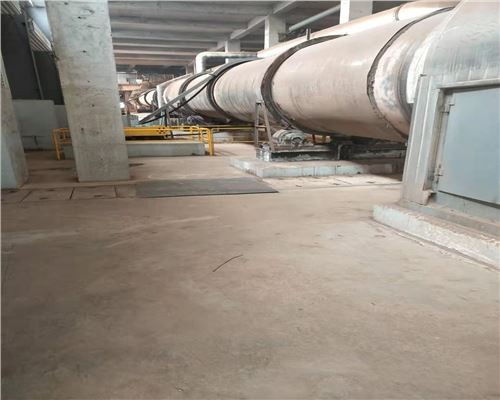Ceramsite Sand: A Comprehensive Guide
Ceramsite sand, also known as expanded clay or shale, is a lightweight, high-strength aggregate that has gained popularity in various construction applications. This article delves into the details of ceramsite sand, exploring its properties, uses, benefits, and the manufacturing process. Whether you are a construction professional or simply curious about this unique material, this guide will provide you with a comprehensive understanding of ceramsite sand.
Properties of Ceramsite Sand

Ceramsite sand is produced by heating clay or shale to a high temperature, causing it to expand and form a lightweight, porous structure. Some of the key properties of ceramsite sand include:
| Property | Description |
|---|---|
| Porosity | Ceramsite sand has a high porosity, which allows it to absorb and retain water, making it suitable for use in drainage applications. |
| Lightweight | With a density of approximately 500-700 kg/m鲁, ceramsite sand is significantly lighter than traditional aggregates, reducing the weight of structures. |
| Strength | Ceramsite sand has a compressive strength of around 10-20 MPa, making it suitable for use in various construction applications. |
| Chemical Resistance | Ceramsite sand is resistant to chemicals, acids, and alkalis, making it suitable for use in environments where chemical exposure is a concern. |
Manufacturing Process

The manufacturing process of ceramsite sand involves several steps:
-
Raw Material Preparation: The raw material, usually clay or shale, is crushed and ground to a fine powder.
-
Heating: The powdered material is then heated in a kiln at temperatures ranging from 800掳C to 1200掳C, causing it to expand and form a lightweight, porous structure.
-
Quenching: After heating, the material is rapidly cooled to prevent cracking and maintain its lightweight, porous structure.
-
Grinding: The expanded material is then ground to the desired particle size, typically between 0.5 mm and 5 mm.
-
Screening: The ground material is screened to remove any oversized or undersized particles, ensuring a uniform particle size distribution.
Applications of Ceramsite Sand

Ceramsite sand is a versatile material with a wide range of applications in the construction industry. Some of the most common uses include:
-
Concrete Production: Ceramsite sand is often used as a lightweight aggregate in concrete, reducing the weight of the structure and improving its thermal insulation properties.
-
Insulation: Due to its high porosity and low thermal conductivity, ceramsite sand is an excellent material for insulation applications, such as in walls, roofs, and floors.
-
Drainage: The high porosity of ceramsite sand makes it an ideal material for drainage applications, such as in roads, pavements, and green roofs.
-
Landscaping: Ceramsite sand is used in landscaping projects for its aesthetic appeal and ability to retain moisture, promoting healthy plant growth.
-
Acid-Resistant Applications: Due to its chemical resistance, ceramsite sand is used in environments where exposure to acids and alkalis is a concern, such as in chemical plants and waste treatment facilities.
Benefits of Using Ceramsite Sand
Using ceramsite sand in construction projects offers several benefits:
-
Reduced Weight: The lightweight nature of ceramsite sand reduces the weight of structures, making them more cost-effective and easier to transport and install.
-
Improved Insulation: The high porosity of ceramsite sand enhances the thermal insulation properties of materials, reducing energy consumption and costs.
-
Increased Durability: The strength and chemical resistance of cerams













